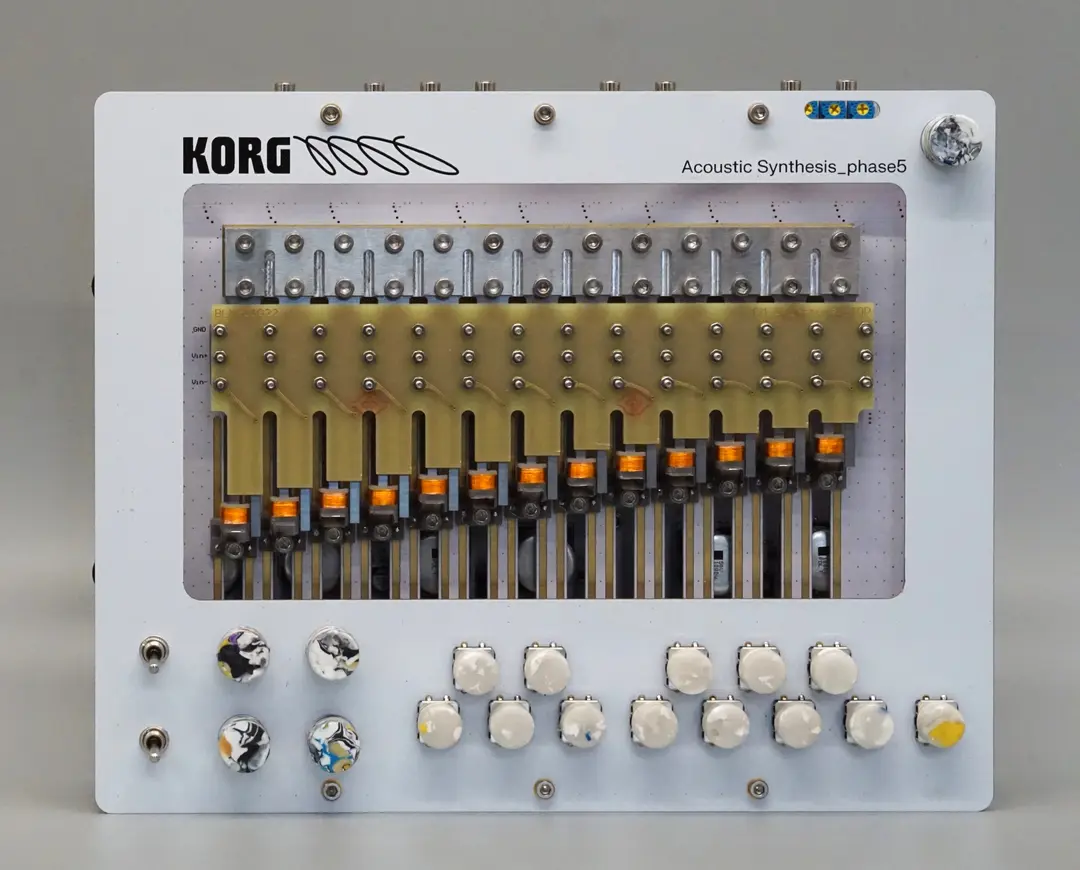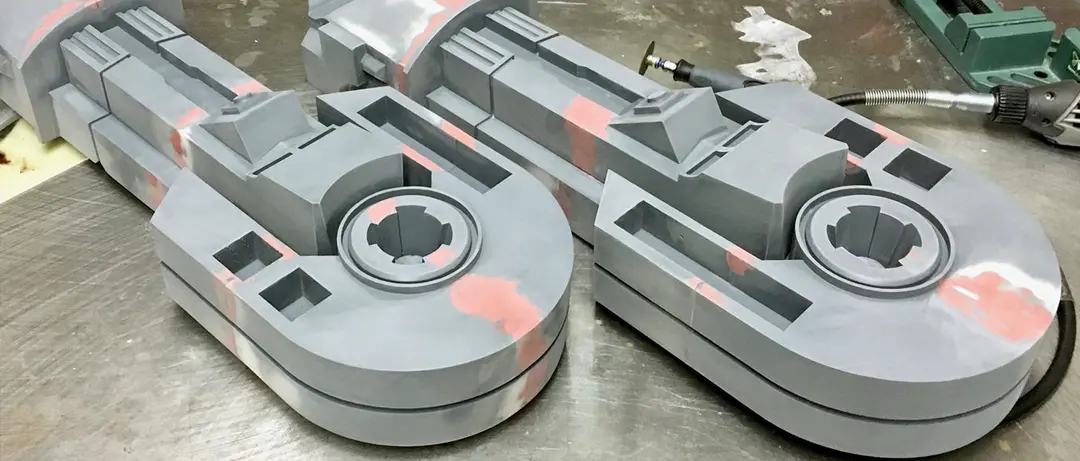
When Aaron Sims presented the worm creatures he designed to the director of 1997’s Men in Black, Hollywood was a very different place. Working under seasoned pros like Stan Winston, Sims meticulously sculpted maquettes of the characters from clay.
These physical models, just a few inches tall, did more than convince the director to show the worms, originally designed to be 7 feet tall, on screen. “No, no, I like them this size. I want to write something in the movie with these characters,” the director decided. And so, what started as a concept in Sims’ mind became an iconic piece of the script.
In celebration of the release of “Stranger Things” season 2, Formlabs takes a behind-the-scenes look at the design of season 1’s Demogorgon and-and-coming visual effects company behind the monster.
“What’s different now is that everything is digital. It’s all in a computer. It’s all a printout. When you go to these meetings, that’s all you have,” said Sims, founder and president of Aaron Sims Creative (ASC), an up-and-coming visual effects (VFX) and design studio in Burbank, alongside large, established companies like Weta and ILM.
The Decline of Practical Effects
Today, physical maquettes and practical effects (industry speak for any special effect produced by hand, as opposed to effects produced digitally) have largely fallen out of vogue in Hollywood, but not for lack of interest. Tight deadlines, tighter budgets, and increasing demands have mostly rendered these techniques infeasible.
When the Duffer Brothers began production of Stranger Things for Netflix, they came to ASC to design the Demogorgon, a predatory creature central to the plot of the series. And striving for authentic ’80s sci-fi nostalgia, they did something that’s increasingly rare in 2017’s Hollywood: they asked for a practical effect.
A Hybrid VFX Approach
Instead of bringing the Demogorgon to the screen through entirely practical methods, ASC made a case for a hybrid approach between practical and digital that would allow the show to achieve the ’80s sci-fi look they wanted without sacrificing certain moments from the plot.
“My background being practical, we always try to figure out the simplest method that’s going to make it the most effective, the most realistic, and not overbuilt. Because it’s a TV show, it has to be done really quickly,” said Sims.
"The real success story here was how the two techniques complemented each other."
Steffen Reichstadt, Aaron Sims Creative
“The fire, we shot real fire. The slime in the mouth on the creature, we digitally simulated slime.” There are some things that a person in a suit can’t do. “He’s not going to move fast. He’s not going to run after people in a forest. It’s just not going to work. So you have to be clever with the way that you shoot. You have to be clever with the way you build the suit, so that you can add CG enhancements later on. I think that the real success story here was how the two techniques complemented each other,” said Steffen Reichstadt, ASC’s creative director.
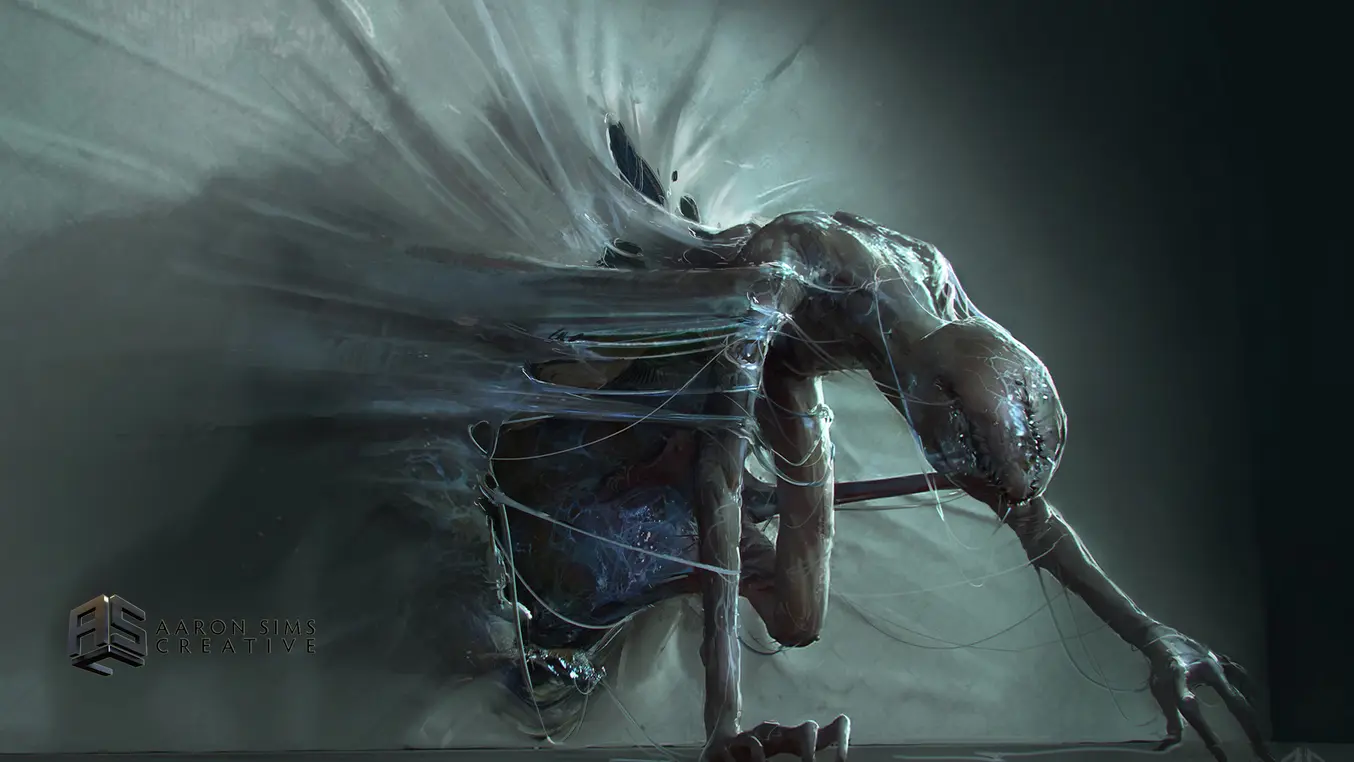
ASC combined digital and physical techniques to bring the Demogorgon concept to life. The slime on the creature was digitally simulated.
This hybrid approach doesn’t just enable the studio to create compelling visual effects under the duress of tight deadlines. It also empowers them to practice their art with the deliberate, collaborative mindset that so many other studios have lost. Digital technology has enabled ASC to get involved in the ideation process from the very beginning and freed up time for more creative conversations.
From Creature Brief to Building a World
“The Duffer Brothers originally came to us for the creature designs for the Demogorgon, but it turned into a lot more than that. We ended up helping them design the whole world, the Upside Down, all the different aspects of the show. But the Demogorgon specifically was really cool. They really wanted it to feel like that old-school, ’80s-mentality, guy-in-a-suit kind of thing,” recounted Reichstadt.
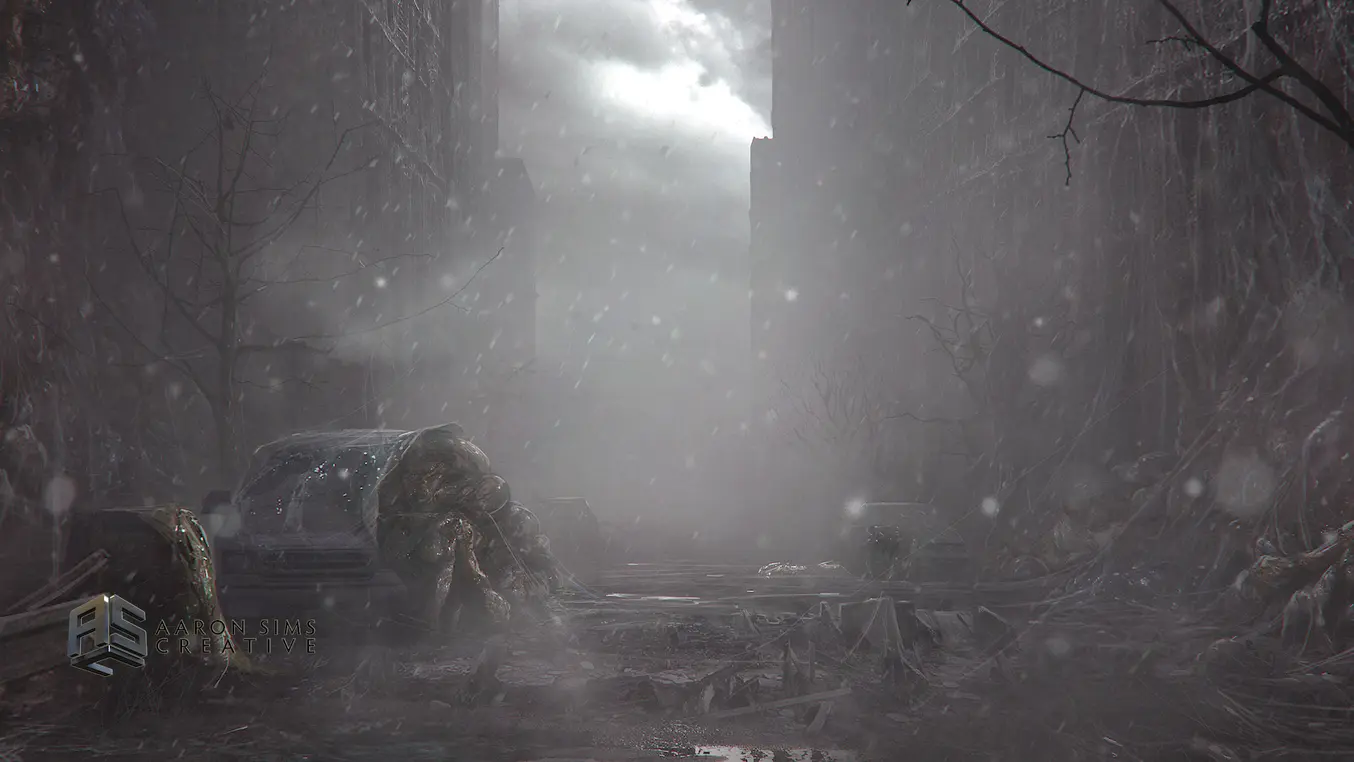
The Duffer Brothers originally came to Aaron Sims Creative for the creature designs for Stranger Things, but the VFX company ended up helping them design the whole world.
Aside from the requirement that the Demogorgon elicit ’80s practical effect nostalgia, the specifications for the creature were fairly open-ended. “It’s a biped, it’s multi-limbed, it’s actually humanoid, very skinny, very thin, lanky, tall, and no face, but has to eat people,” said Sims. This isn’t unusual: according to Sims, many writers don’t include details of creatures or characters in their scripts because they’re focused on the story.
A Design-First Mentality
In the ’80s, before digital effects became commonplace, VFX studios collaborated with a film’s producers to start creating models early in the production process. With today’s primarily digital processes, this collaborative ideation process is often lost, and studios instead approach vendors later in the production process with an order to create a creature.
ASC, however, sticks with the traditional collaborative method. “We come on board early on, when they’re actually writing the script, to help shape the direction of the series, the tone, the look, the feel. That helps everybody get their head around it before they move forward and have a script,” said Sims.
"We look at every project as bringing these characters to life. That's exciting to me. It's exciting for all of the artists, because it becomes something more personal."
Aaron Sims, Aaron Sims Creative
“We look at every project as bringing these characters to life. How do we look at the script, work with the director, figure out exactly what it is that this character has to evoke, and what can we do to help bring that to life? That’s exciting to me. It’s exciting for all of the artists, because it becomes something more personal. It's not like you're just doing this as a job and you're just a manufacturing company, ‘here’s another creature.’”
Creature Design From Sketch to Screen
The Demogorgon came together relatively quickly. ASC generally lets anyone at the company get involved in ideation, but in this case, Sims was the first to sketch out the head, a flowering face covered in sharp teeth.

An initial sketch allows the team at Aaron Sims to get tacit approval from the directors before beginning work on digital assets.
This sketch was then passed to the design team, who explored the idea further and locked it down so it could be shared with the directors. “That initial sketch was really helpful because it allowed us to get tacit approval from the directors right off the bat. We kind of know what direction we’re moving in after that,” said Reichstadt.
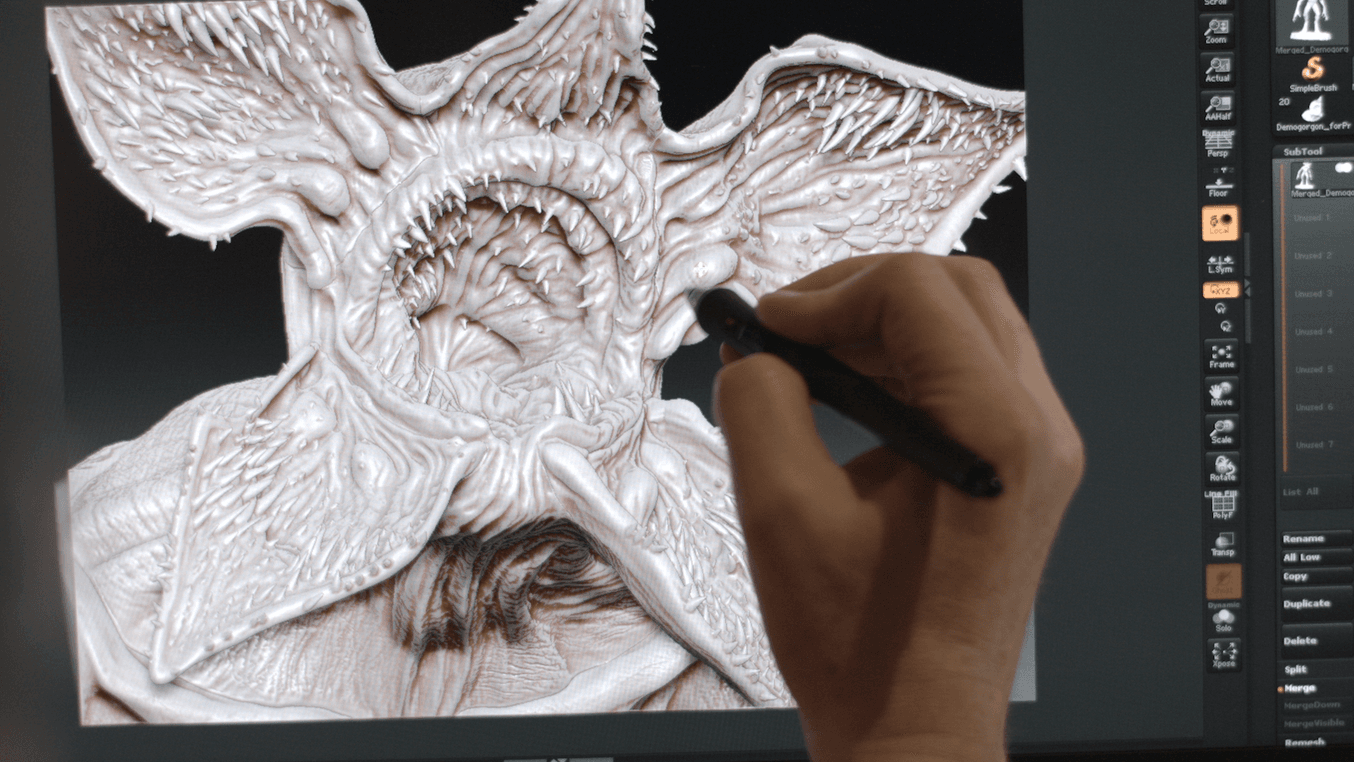
After the sketch is approved, the design team goes on to create digital 3D assets that can be used throughout production.
After the initial sketch is approved by the directors, ASC moves on to create digital 3D assets. In a typical exchange, these assets would be the end of the VFX studio’s role. After several iterations and rounds of review via a screen or printout and some motion studies, the digital files would be passed off to the film studio. But it seemed natural, given Sims’ background in practical effects and clay maquettes, to start looking into 3D printing.

3D printing models allows designers to see the creatures they imagined in 3D space while spending much less time than they would with traditional clay sculpting techniques.
“The Demogorgon was one of the first prints that we did using our Formlabs resin 3D printers, and we were amazed. Before that, we had always outsourced printing. So to be able to grow it in-house, and see a design that we helped create from the very beginning printed right in front of us, was kind of an amazing thing. It was like going back to the days of when we used to sculpt with clay,” said Sims.

Traditional painting and finishing techniques are used on the final maquette before presenting to directors.
The studio typically starts off with smaller 3D prints to make sure everything is built properly. After they work through minor issues, they print larger one-off models to paint and present to the directors.
Learn more about stereolithography 3D printing, the technology Aaron Sims Creative uses to print high-detail maquettes to visualize their creations in real life.

The ASC team prints maquettes using desktop stereolithography 3D printers. They usually start with smaller prototypes, then print and assemble a larger final model.
“When you’re using your imagination on a project, somebody else is too. And your imaginations might not line up. It’s pretty hard to debate something that’s right in front of you in physical reality. You can point at something and say this isn’t right, or this is. With a digital model, you can kind of debate that, and it can stay up in the air until the last minute. Whereas with practical effects, you know, concretely, what it is moving forward,” said Reichstadt.
“As soon as you can hold something in your hand and turn it around and run your thumb over the surface texture of it, it feels more real."
Aaron Sims, Aaron Sims Creative
“As soon as you can hold something in your hand and turn it around and run your thumb over the surface texture of it, it feels more real. It feels, in a weird way, more impressive. To actually feel what it’s going to be makes it real. And, all of sudden, makes it worth making it in the end.”
Practical Effects and CGI in Harmony
“I always liked to be able to grow as the industry changed. I don’t like to be stagnant. I think that when you’re stagnant as an artist, after a while you just want to shut down and quit,” said Sims.
When digital technology first took hold in Hollywood, it may have felt like the days of practical effects and physical models were coming to a close. But as technology like 3D printing, AR, and VR become accessible to more businesses, the lines between digital and physical are becoming blurrier.
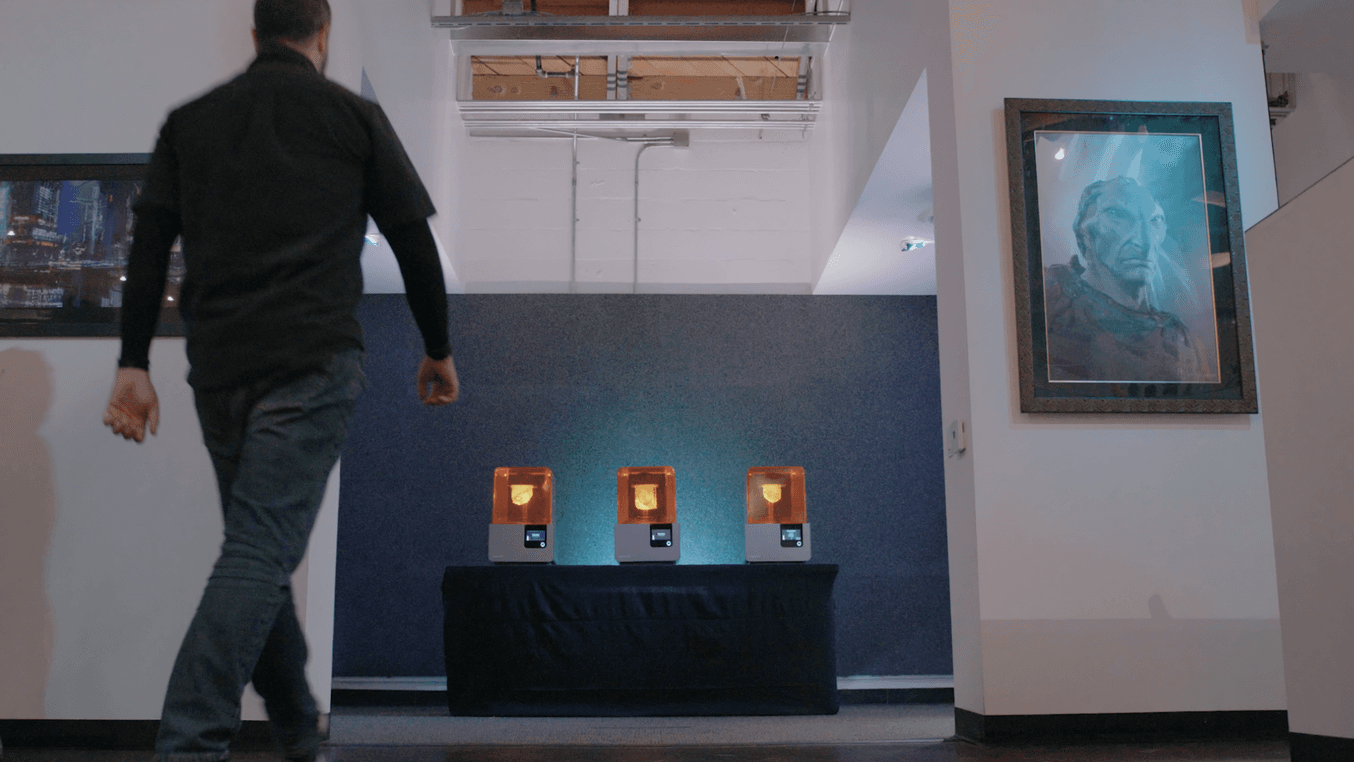
“I think if people 20 years ago were to see what we create right now, their minds would explode. Right now, we’re accustomed to it and, in some ways, bored by it. It’s amazing how things grow and change because of innovation, but also because of people always wanting more,” said Sims.
One thing that doesn’t change, though? The satisfaction of finally seeing your creations come to life.
More 3D Printing Stories and Resources
Want to start learning now? See how 3D printing is used in entertainment and explore some of our tutorials on modelmaking and digital sculpting!
